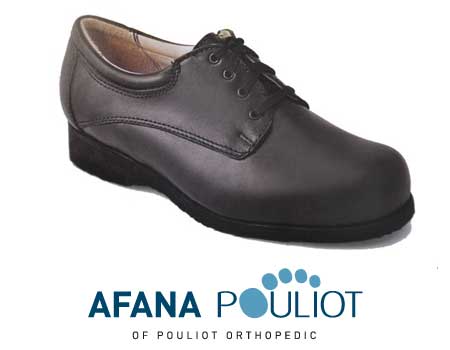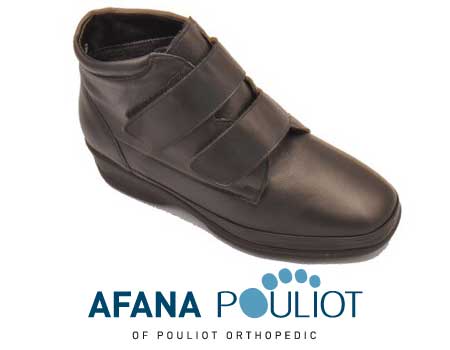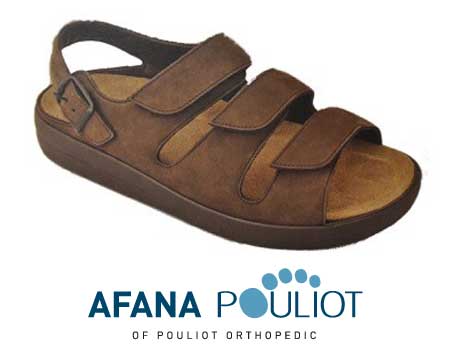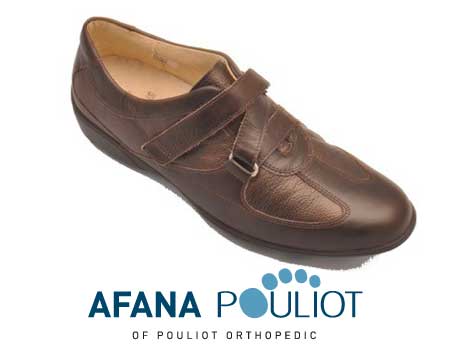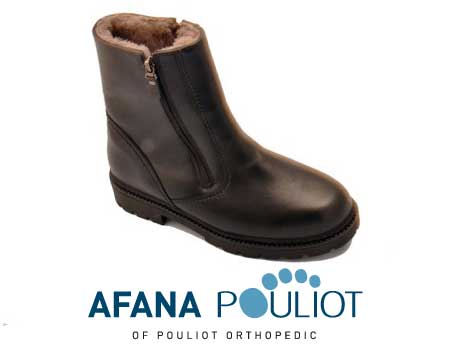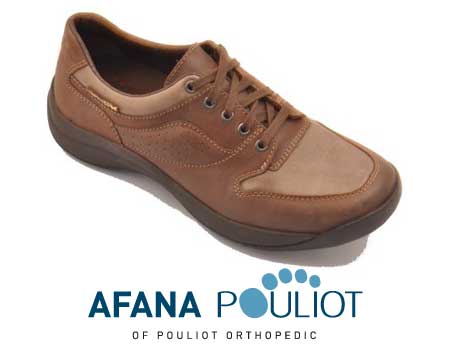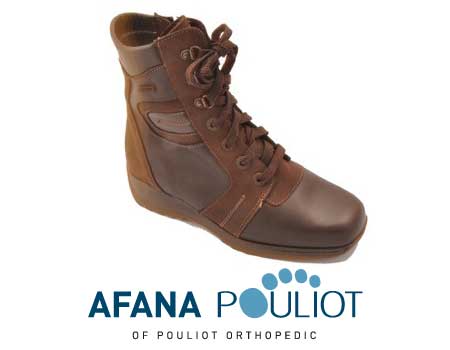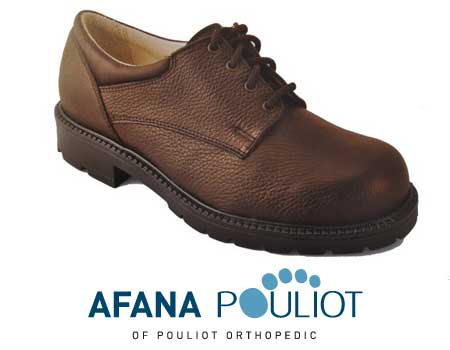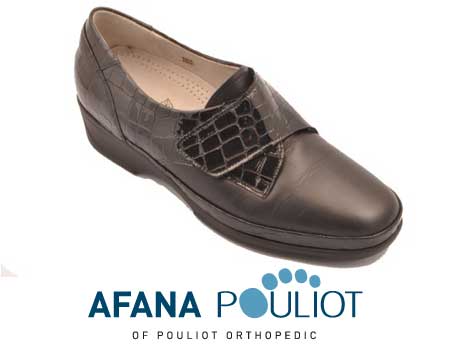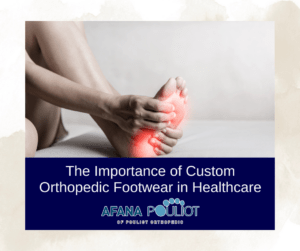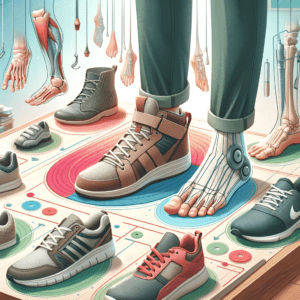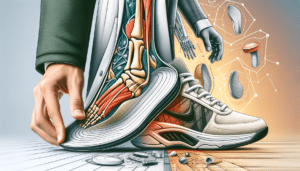Your friend just got a new pair of shoes, and you love them. They tell you they are great and would recommend them because they help with support. So you go out and buy yourself these same shoes but soon realize these shoes don’t help you the way they help your friend.
You may not have the same issue your friend has. However, you should wear shoes that are accustomed to your foot. When looking for proper footwear, keep these tips in mind.
- Stability – When checking out the strength in a shoe, you should only be able to bend the top of the shoe where the toes start. If the shoe bends at the midfoot or in half, you don’t have a stable shoe.
- Size – When trying on shoes, you want to ensure you have the correct width and length. To get an approximation of what the width of your shoe should be, take your pointer finger and place it at the heel of your shoe. If you have bunions, don’t forget to take those into account as well when finding a shoe size.
- Grip – Your shoes should have a good grip on the sole. You don’t want to be falling because of your new shoes.
Activities
There are many types of shoes for many different activities, for example, ballet slippers, running shoes, or soccer shoes. For example, soccer cleats help players from falling and injuries because of the spikes on the bottom of their shoes.
When looking for a shoe for your activity, think about your foot type. You can classify feet into three categories.
- Underpronation (supination) – is when your ankle slightly rolls outward to absorb the impact when you take a step or push your foot. Your feet may seem stiffer. If you have underpronation, you may have a high arch with pressure points at the heel and ball of the foot. A cushioning shoe would be best for someone with underpronation. These shoes have minimal arch support to help pronation and increased shock absorption.
- Overpronator – Over Flattening of the feet. When you take a step, your foot rolls inward towards the arch, making it flatten. The best shoe for overpronator feet is motion control shoes. These shoes have a straighter soles. Motion control shoes also offer a straighter sole and stiffer heel to help with overpronation.
- Neutral – The arches on your feet are neither flat nor high. The arches are lower to medium. Your footsteps are regular (no rolling of the ankles.) The best type of shoe for a neutral foot is a stability shoe. Stability shoes have more cushioning.
When looking at shoes, remember the size, stability and grip—the type of foot you have; overpronation, underponation, or neutral.


